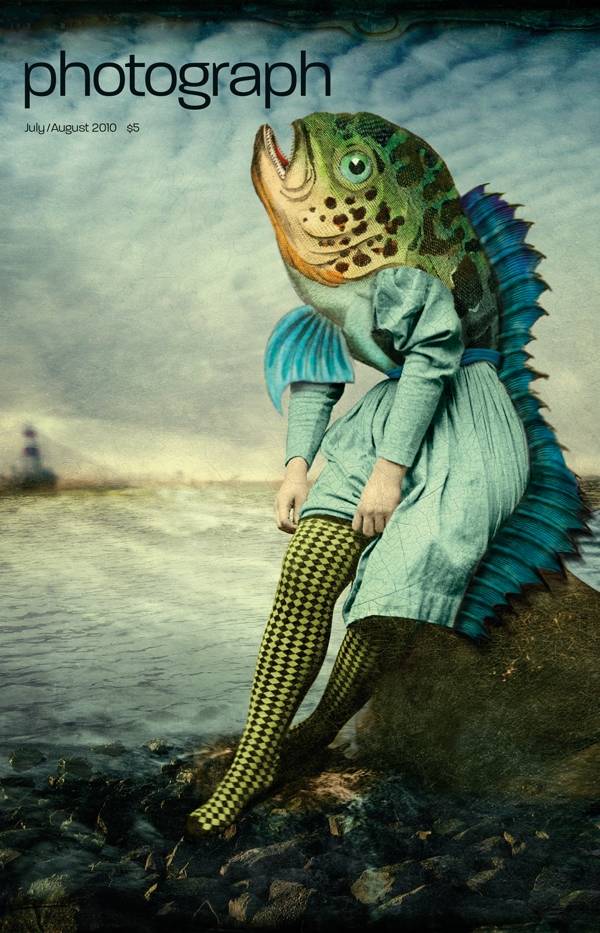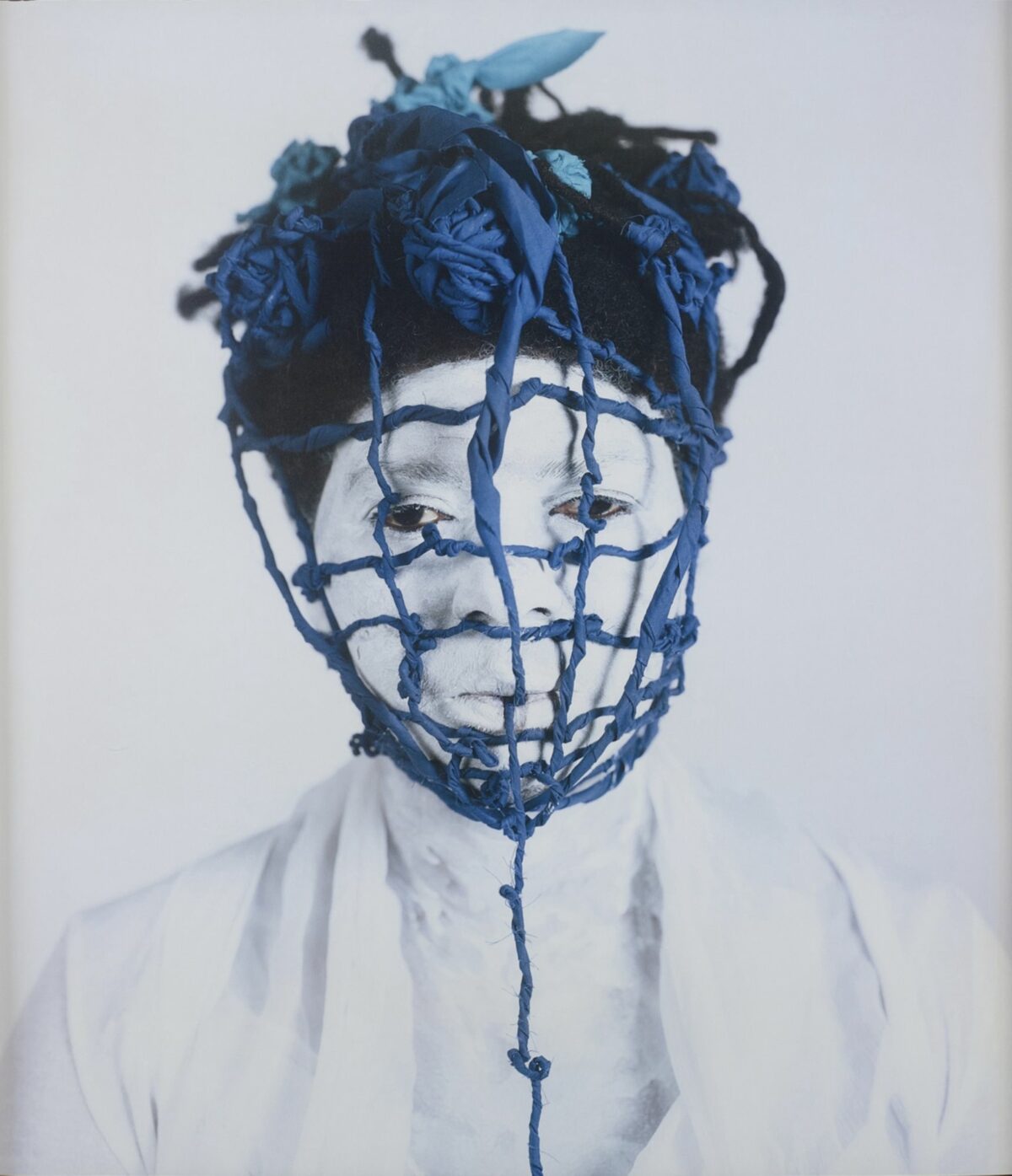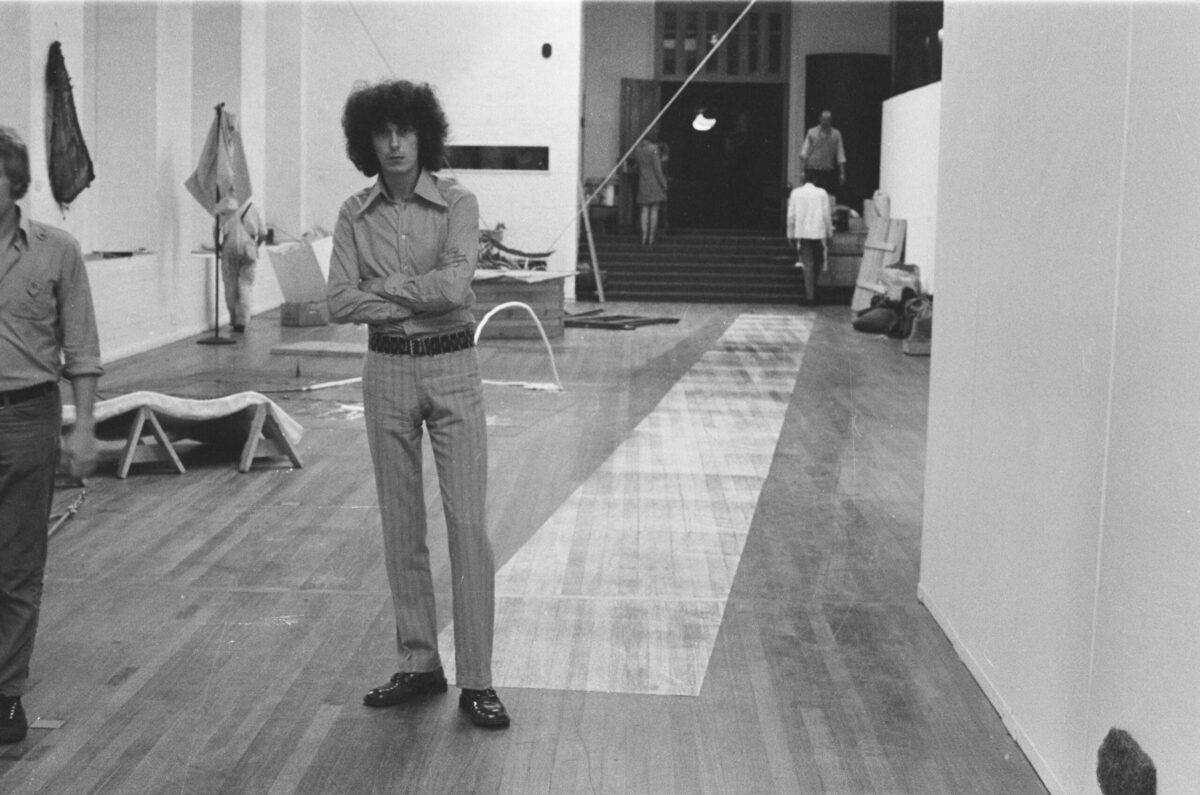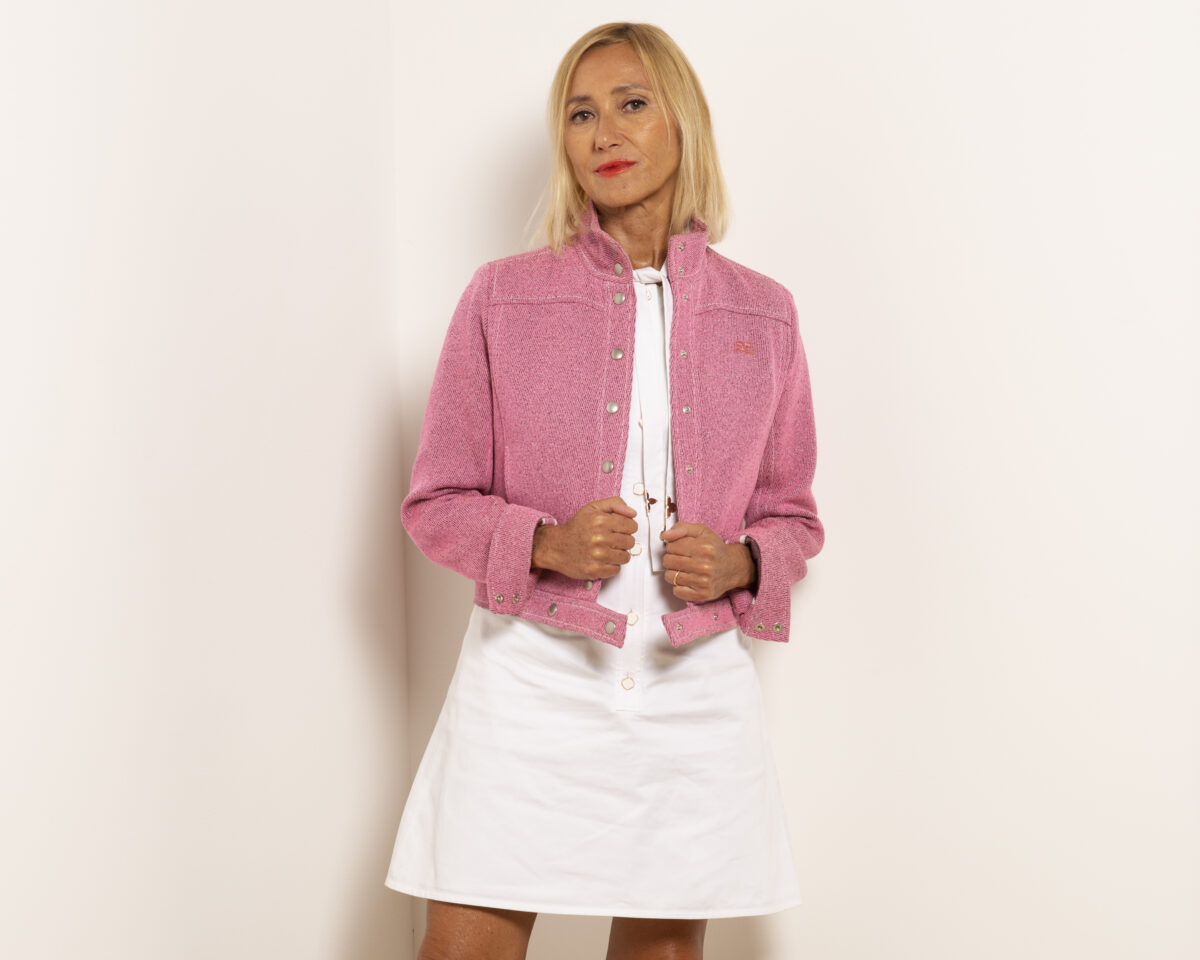As the Walrus said in Lewis Carroll’sThrough the Looking Glass, “The time has come to talk of many things.” We know about Carroll’s cabbages and kings, about Tweedledum and Tweedledee, but what about their near kin in Maggie Taylor’s visual menagerie: winged women and birdlike bicyclists, blindfolded rabbits and rabbit-headed bathers, young girls who peel their heads in half, and a provocative lady fish perched on a rocky coast, who hikes up her skirt to reveal a shapely stockinged leg (see our cover image,The Beacon)? “Curiouser and curiouser,” to quote Alice. Some time in the 1990s, the photographer herself fell down a rabbit hole called Photoshop, and the world where she found herself was populated by characters and scenes fabricated from digital technology and her imagination. They mix inspiration from 19th-century daguerreotype portraiture, the fairy-tale renderings of Sir John Tenniel, and the Dadaists, with the technological fascination of flatbed scanning. Two exhibitions enable us to follow Maggie Taylor through the looking glass: one is at Pittsburgh’s Silver Eye Center for Photography (through August 21), the other at Santa Fe’s Verve Gallery of Photography (July 9–August 28). “She’s really without comparison,” says Silver Eye director Ellen Fleurov. “She’s a master of digital techniques whose work has a rich content that appeals to people far beyond the photo world.” Certainly Taylor’s work has no umbilical attachment to the real that has always been the stock in trade of photography. Rather, it evokes the history of photography, with all its repressions and conventions, and grafts onto it a primordial symbolic imagery. Just as Lewis Carroll told the story of a preadolescent girl’s coming of age by other means, so Taylor offers snapshots of the psyche that may at first seem whimsical inventions. “Unlike most photographs, you cannot take her imagery at face value,” says Verve Gallery director Jennifer Schlesinger. “It must be read symbolically.” For example, John Heartfield and Alexander Rodchenko, among others, used animal imagery in photo collage to make political points. Taylor appears closer to Carl Jung, composing symbolic archetypes. The fishwoman, for example, is a seductress, leading whoever looks at her to a rocky, watery, windswept fate. Like a siren, she competes with the distant lighthouse. Her clothing is Victorian, her appeal perhaps only slightly risqué, but the overall mood of the image is wild and dangerous. The fishwoman herself is both familiar and horrifying, and she mirrors how we look not only at desire but at the past—with a mixture of fascination and unease. Taylor might agree with Jung (and Carroll?) that the shape of our imagination changes but its deep content never does. Taylor seeks to align photography with poetry in order to image another order of reality, a deeper truth. This is her wonderland.
Categories











